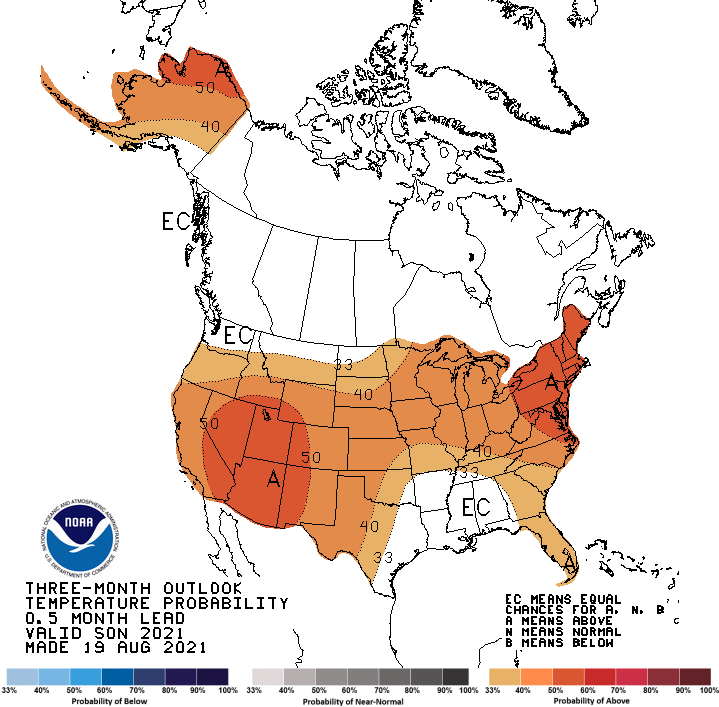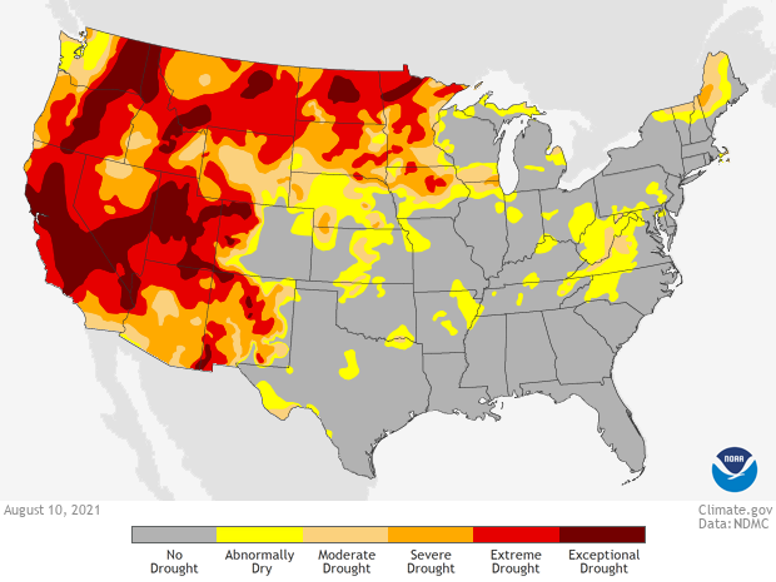Drought across the West is impacting rangeland, water resources, feed supplies and food supplies.
Experts say that the closest drought that we can remember ran from about 1998 to 2014. During this time, drought covered 60 percent or more of the United States and lasted about 100 months. Our state climatologist, during the Nevada Ag Outlook this past week, said that we are definitely in a drought and what makes this specific drought environment difficult for us, is that the entire West in in a drought. This affects the prices and availability of hay, and brings the issues of feral horses, range management, and water availability to the forefront.
We do have the drought monitor that is familiar to most of us. The advantages of the drought monitor is that it automatically declares a disaster, triggers assistance programs when they are needed, and provides an overall outlook of drought across the United States. The downside of the drought monitor is that it has a limited number of authors, it does not always reflect the differences between surface and groundwater resources, and it is not always the most accurate reflection of rangeland conditions. Below is a drought monitor representation of the drought across the west posted on August 10, 2021.
When the discussion begins about drought, we must also talk about temperatures. The map below shows that the west has a higher probability of being warmer. The “EC” is an equal chance, which means that anyone doesn’t really know anything.
There is also a high chance that we are going to see a La Nina this fall and winter. La Nina’s can be linked to floods and drought, neither of which is the best scenario. NOAA climate prediction center reports that typically a La Nina winter brings cold and snow to the Northwest and unusually dry conditions to the southern tier of United States. So, what does this all mean? We really don’t know what is going to happen, but we do know what is happening right now:
- Nevada Department of Agriculture said Nevada has already liquidated 109,000 head of cattle
- Hay prices have skyrocketed and hay is in limited supply
- Surface water allocations in the Western part of the state ended in the first half of August
- Army worms, grasshopper and crickets are impacting production
- California fires are out of control resulting in animal health issues due to smoke
- Reservoir storage is below average for this time of year
The point is that we all need to brace ourselves and prepare for another year of drought. We had a La Nina year last year and we all know what happened. This makes management and financial decisions that more important. To highlight drought resources and issues, our Nevada Extension team will be holding an online drought summit tentatively scheduled for September 29-30 via Zoom focusing on Nevada. It is a tentative date because this summit will follow NOAA’s Southwest Drought Virtual Forum ending September 29 (https://sites.google.com/view/swdroughtforum/home). The planning team will decide if we need two days of Nevada topics or if we just want to hold the Nevada Drought Summit on the 30th only. There will be a variety of topics and we hope that you can join us. We will be replacing our regularly scheduled Nevada Ag Outlook with the drought summit and will have the registration link out by the first of September.
I encourage everyone to stay safe out there. Make the best decisions you can make with the resources that you have. Access assistance programs for water hauling and livestock feed if you can. Keep your records. If you do have to liquidate, know the tax options available to you. The more information that we have, the better prepared we can be.
Click on images below to see larger:
By Staci Emmn | Editorial




